Coffee in Guyana was first planted by the Dutch in the eighteenth century. It is believed that Guyana was the first country where coffee was produced in the New World. Guyana was one of the mass producers of coffee in the eighteenth century. The type, Coffea Arabica was brought from the country of Yemen. Coffea Arabica is commonly known as Arabian coffee, the coffee shrub of Arabia, mountain coffee or arabica coffee. To date, Guyana still produces coffee but on a smaller scale.
Interesting Tips
- The New World is made up of North America, Central America and South America, which were undiscovered by the Europeans until 1492.
- The Arabica coffee plants in Pomeroon, Region One – Barima Waini has adapted and evolved into a unique blend of flavour. They are world-class coffee beans that are processed and packaged by Amy’s Pomeroon Foods right here in Guyana.
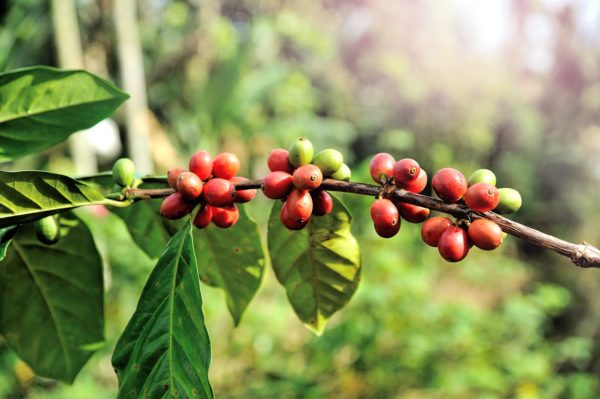
Coffee cherries on a tree – Image source: https://www.needpix.com/photo/673471/bean-farm-tree-arabica-red-plant-green-fresh-thailand
Origin of Coffea
Arabica coffee production started in the twelfth (12th) century from the Republic of Yemen, an Arab sovereign state in Western Asia. However, it is believed the beans were taken from Ethiopia to Yemen. Coffee grows well in Indonesia and islands of the Dutch East Indies, India, Africa, Arabia, the islands of the Pacific, in Mexico, countries like Guyana in Central and South America, and the West Indies.
Interesting Tip
- Coffea Arabica is called buna in Arabic.
The Origin of Coffee
This story is reproduced from (https://www.thespruceeats.com/the-origin-of-coffee-765180)
The most popular legend of coffee in Ethiopia usually goes something like this:
Amazed at this discovery, the goat herder filled his pockets and rushed home to tell his wife. Calling the find “heaven sent,” she advised Kaldi to share the berries with the monks.Kaldi did not receive the warmest of welcomes at the monastery. One monk referred to his coffee beans as “the Devil’s work” and tossed them into the fire. According to the legend, the aroma that wafted up from the roasting beans caught the monks’ attention. After removing the beans from the fire and crushing them to extinguish the embers, they attempted to preserve them in an ewer filled with hot water.
Scientific Classification Of Coffea Arabica
- Kingdom: Plantae
- Clade: Tracheophytes
- Clade: Angiosperms
- Clade: Eudicots
- Clade: Asterids
- Order: Gentianales
- Family: Rubiaceae
- Genus: Coffea
- Species: Coffea arabica
Description of Coffea Arabica
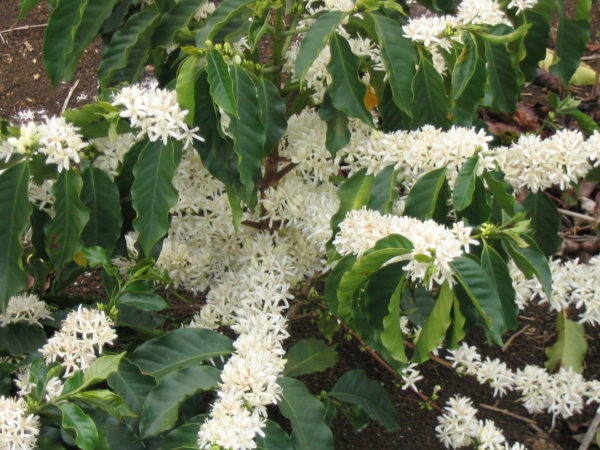
Flowers of the coffee plant – Photo by: By Marcelo Corrêa – Own work, CC BY-SA 3.0, https://commons.wikimedia.org/w/index.php?curid=85360
The Coffea Arabica plants are evergreen shrubs about one point five (1.5) to (3) three metres tall. But if they are not trimmed regularly they can grow from three (3) to ten (10) metres high. The trunk of the tree can get as large as eight centimetres (8 cm) in diameter. The leaves of the coffee plants are dark green and grow adjacent and opposite to each other. The aromatic flowers are white and grow in clusters like the seeds. The seeds of the coffee plants are typically round and red, when ripe and referred to as coffee cherries.
Traditional and Medicinal Uses
- Coffee is used as a folk remedy for a variety of conditions including asthma, atropine poisoning, fever, flu, headache, jaundice, malaria, sores and vertigo.
- The seed contains caffeine, a widely used stimulant that contains some qualities of painkillers like aspirin and paracetamol.
- It also contains the stimulants theobromine and theophylline, and chlorogenic acid.
- The coffee seeds are bitter, aromatic, stimulating herb with diuretic effects and can even control vomiting.
- Whilst not usually recognised as a medical herb, coffee is a highly effective general stimulant, which improves perception and physical performance.
- When made into an enema coffee beans are an effective cleanser for the large bowel.
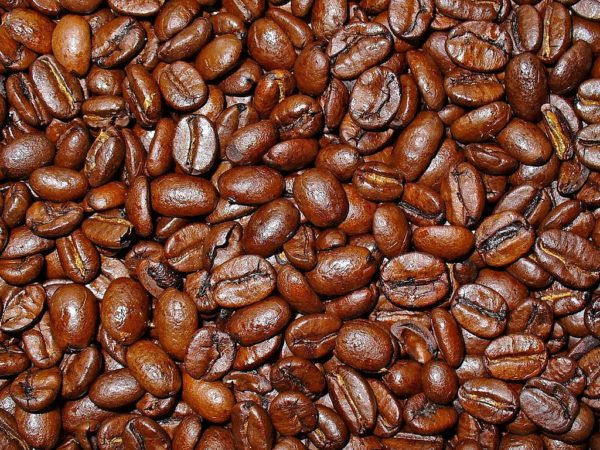
Coffee Arabica beans – Image Source: H. Zell [CC BY-SA (https://creativecommons.org/licenses/by-sa/3.0)]
Edible Uses
- The dried seeds (‘beans’) are roasted, ground, and brewed to make one of the most popular beverages in the world – coffee.
- The seed has been used as a masticatory (to produce more saliva) since ancient times and when cooked in butter, it makes rich flat cakes.
- An extract from the seeds is used to flavour ice cream.
- The dried, roasted green seeds can be used as an appetizer, whilst chocolate-covered roasted seeds are used as a gourmet snack.
- The leaves and red cherries are chewed for their stimulating properties.
- The leaves of the coffee plants are sometimes used as a tea substitute since they contain more caffeine than the fruit itself.
Other Uses
- Caffeine is a natural herbicide and prevents the growth of the seeds of some weeds.
- The plant is also grown as an ornamental or decoration in gardens.
- From the coffee beans ‘Coffelite’ a type of plastic is made.
- The bark of the coffee tree can be used as manure and can be made into pulp and parchment.
- Combined with iodine, coffee is used as a deodorant.
- The whitish wood of the coffee plant is suitable for making furniture.
About Coffea Arabica
Coffea Arabica is only one of the many species of the Genus Coffea – the plants that produce our coffee cherries. Coffea Arabica is the only type of coffee plants that were produced in Guyana, however, a slight variation is currently produced in Pomeroon. Though other parts of the coffee plant can be made use of, the most sought are the coffee cherries, which are dried to produce coffee. Coffee has a lot of benefits, from stimulating our brains, to being used as a decoration and even treating illnesses like fever and flu. When these coffee beans are brewed, they make a delicious drink that helps you to kickstart your day. These coffee plants are especially useful since their discovery in the fifteenth century.
Article References
- https://en.wikipedia.org/wiki/Coffea_arabica
- http://www.web-books.com/Classics/ON/B0/B701/20MB701.html
- https://www.botanical-online.com/en/food/coffee-plant-characteristics
- http://tropical.theferns.info/viewtropical.php?id=Coffea+arabica

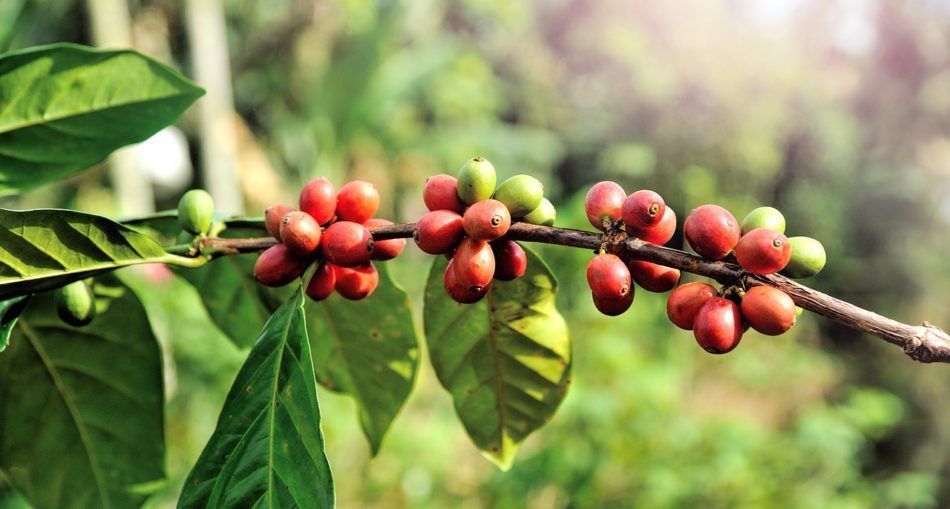

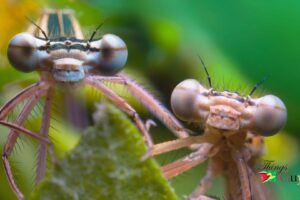
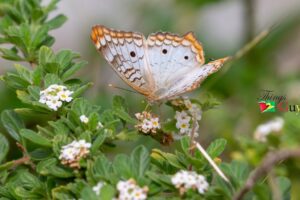

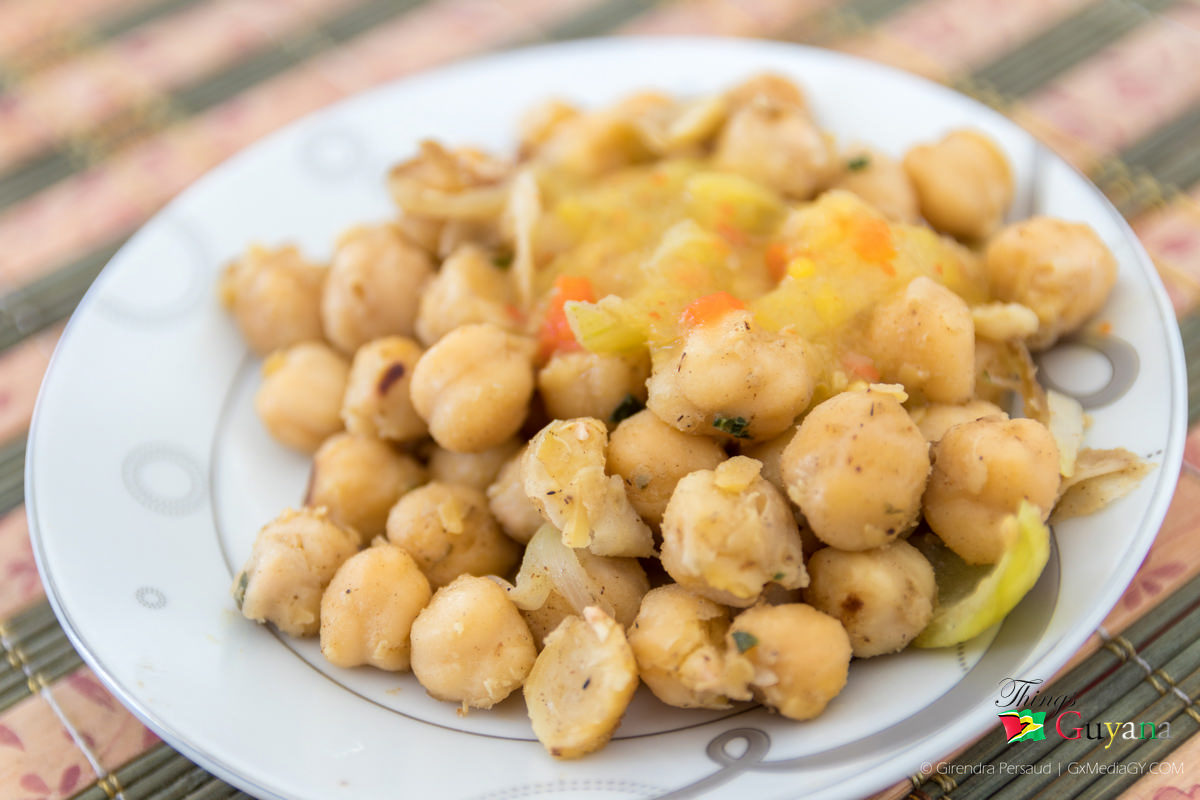

1 Comment